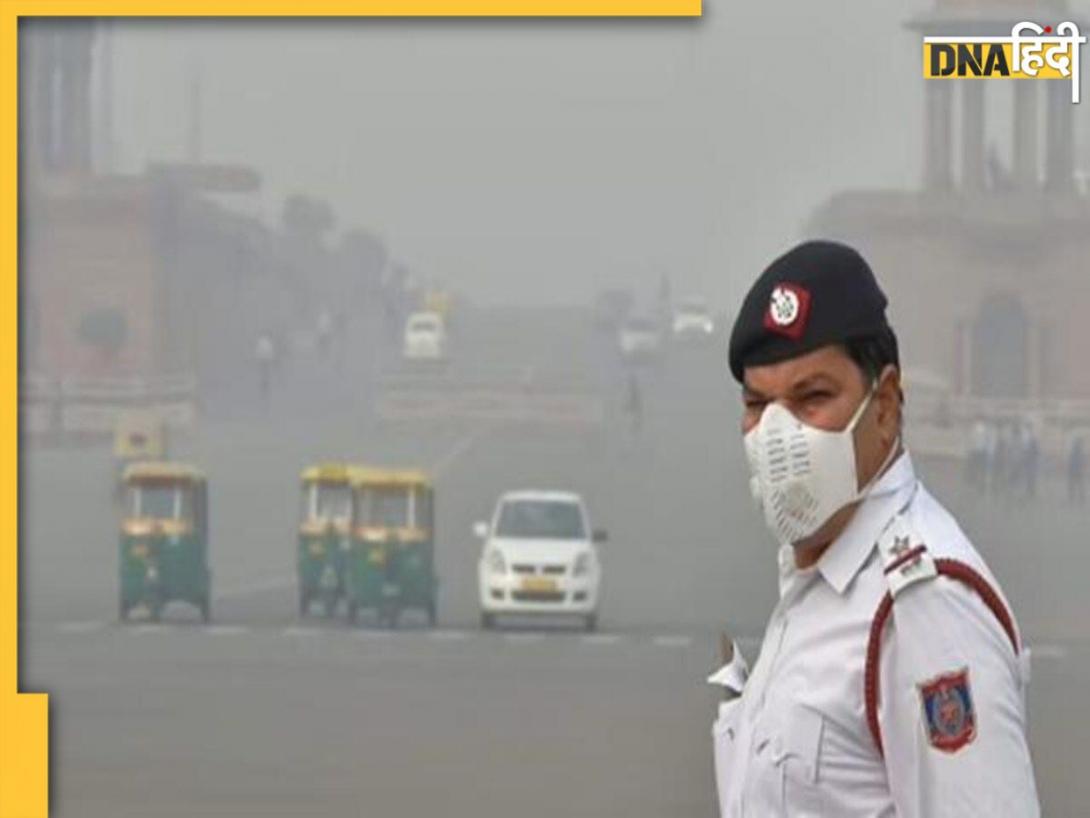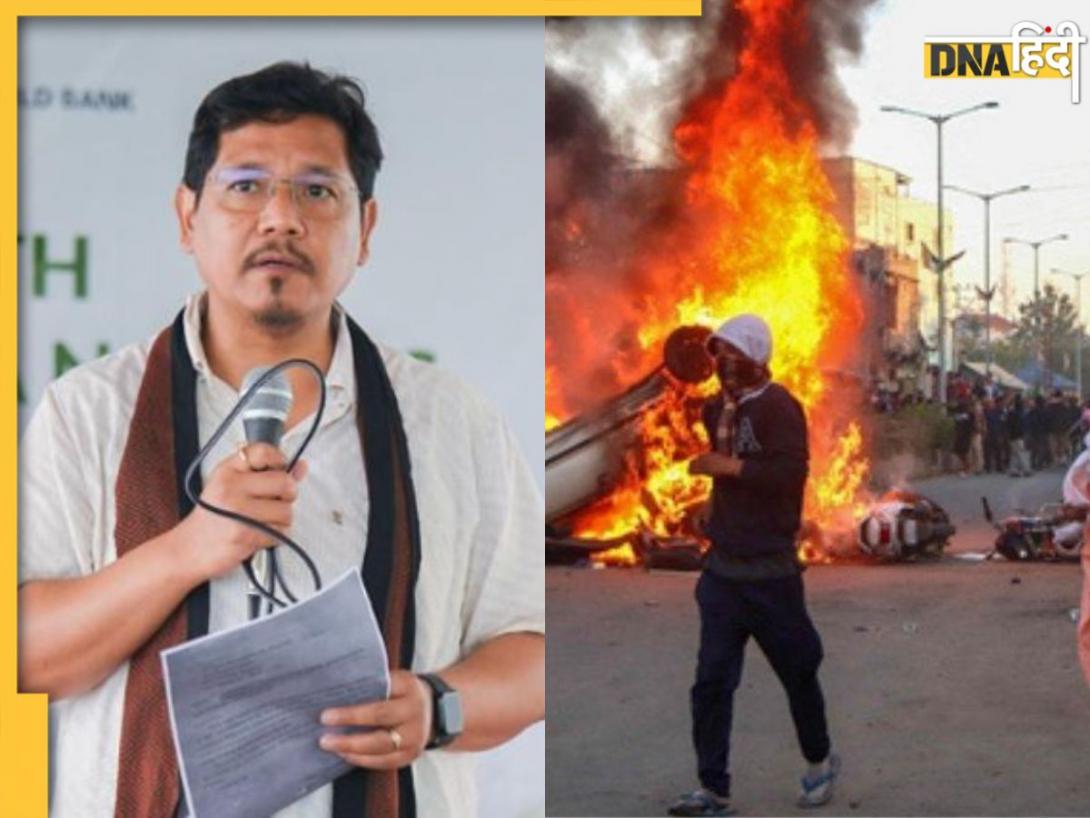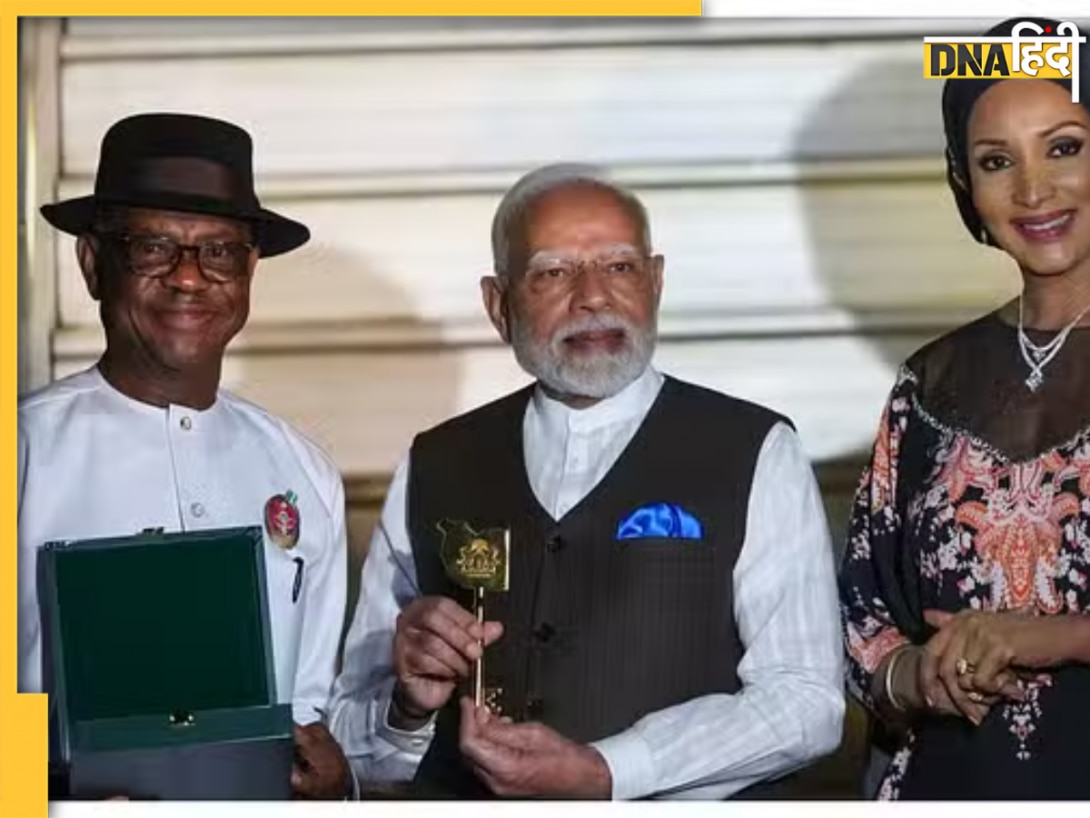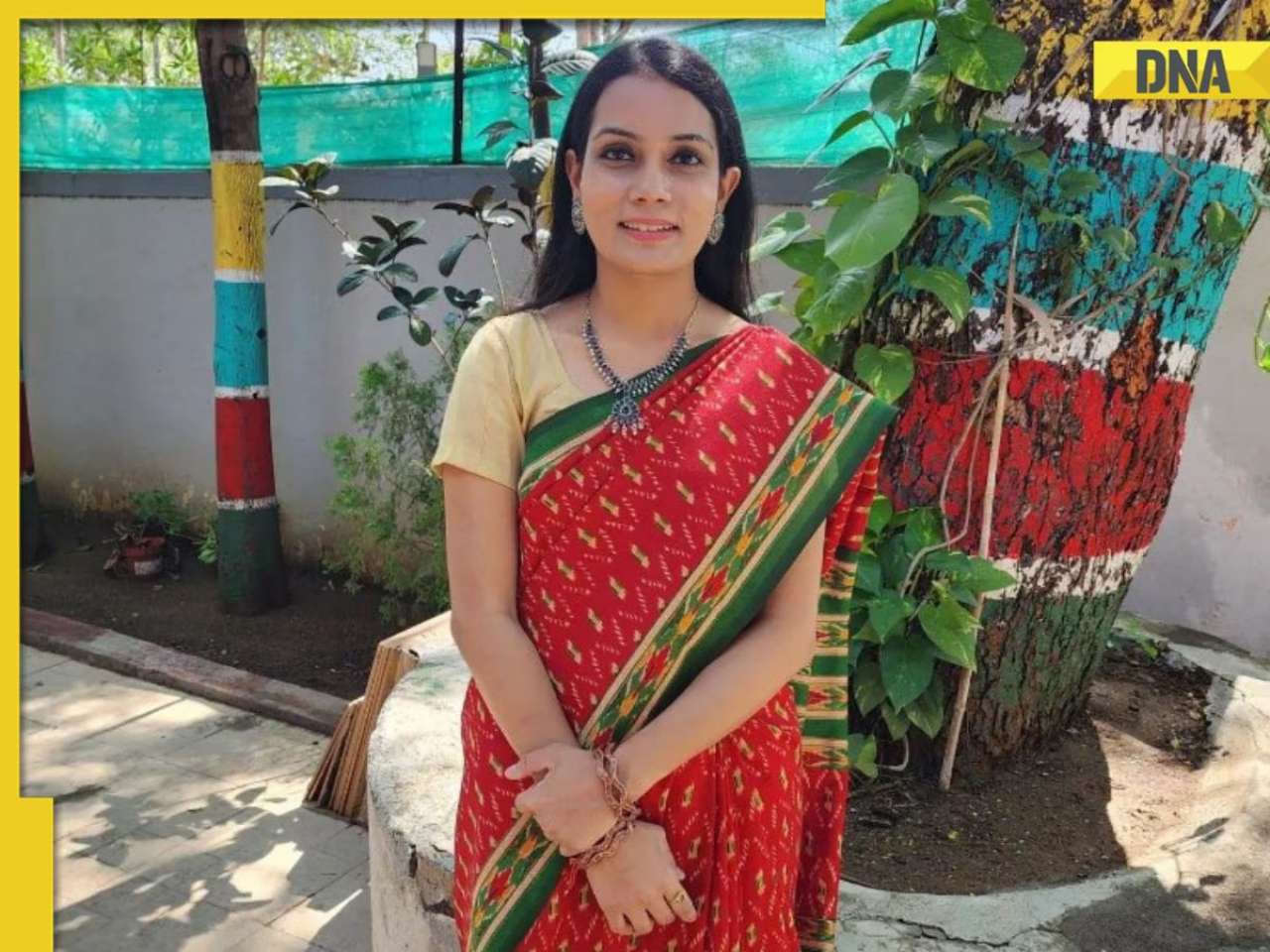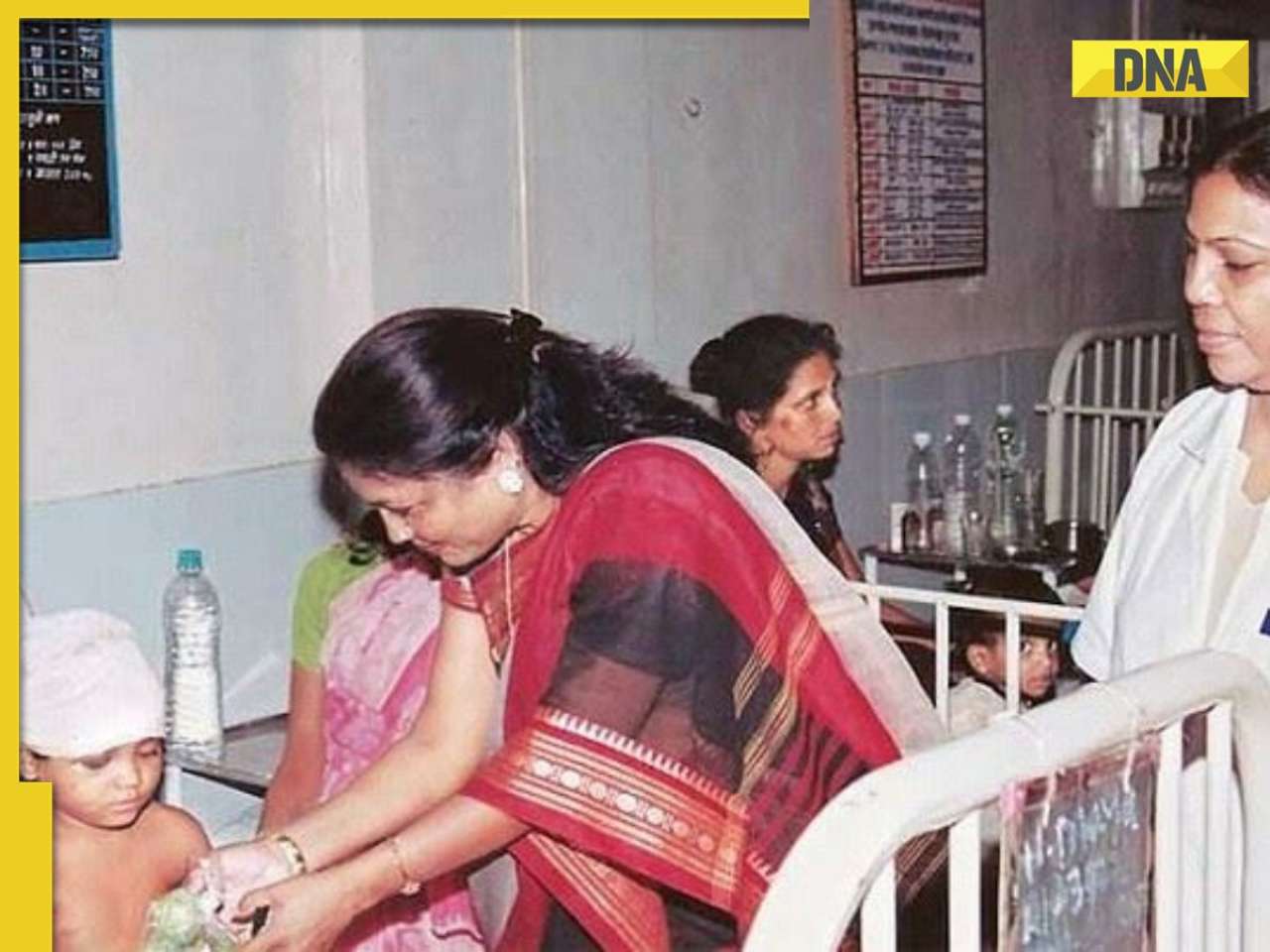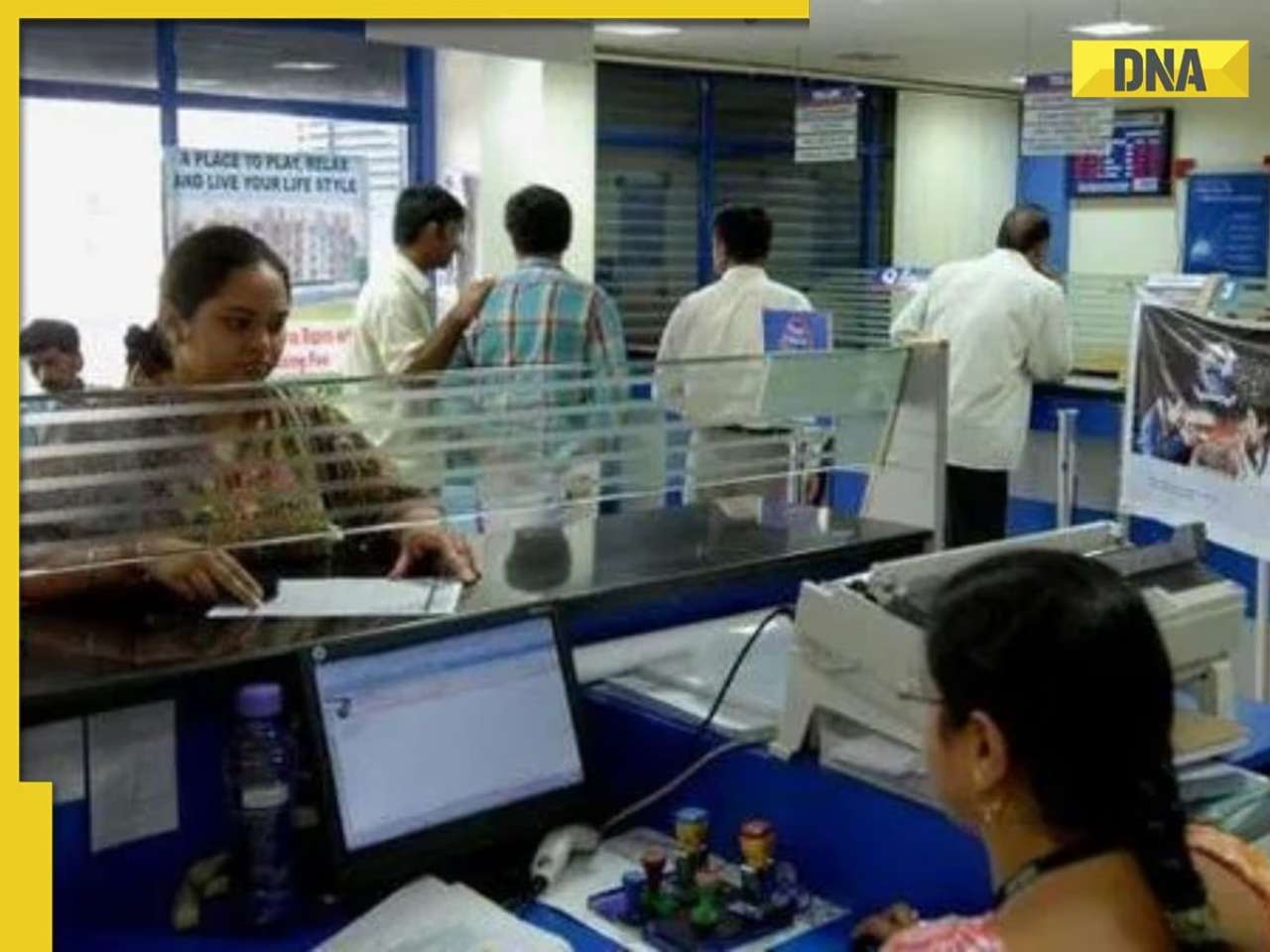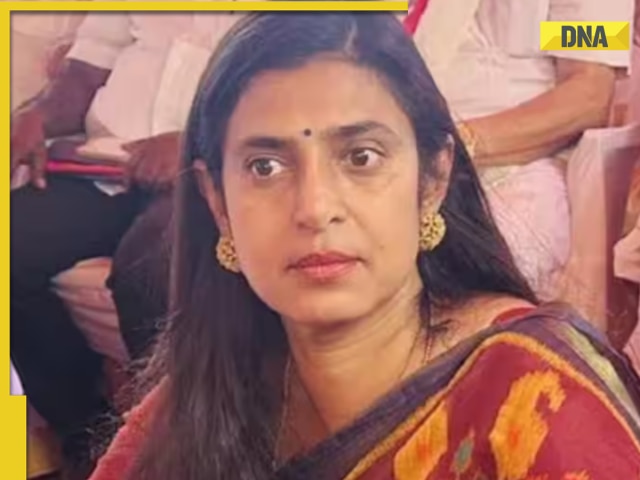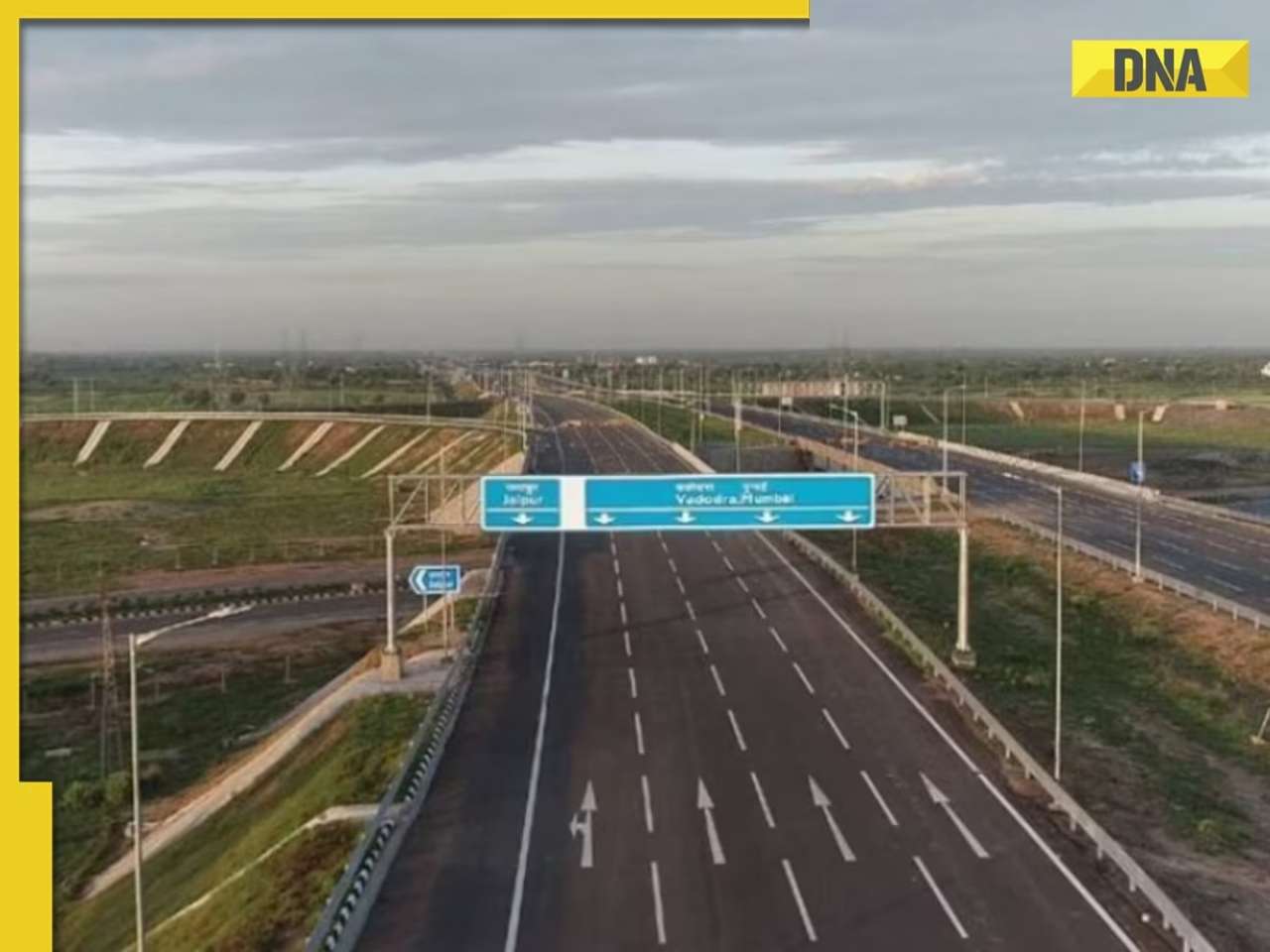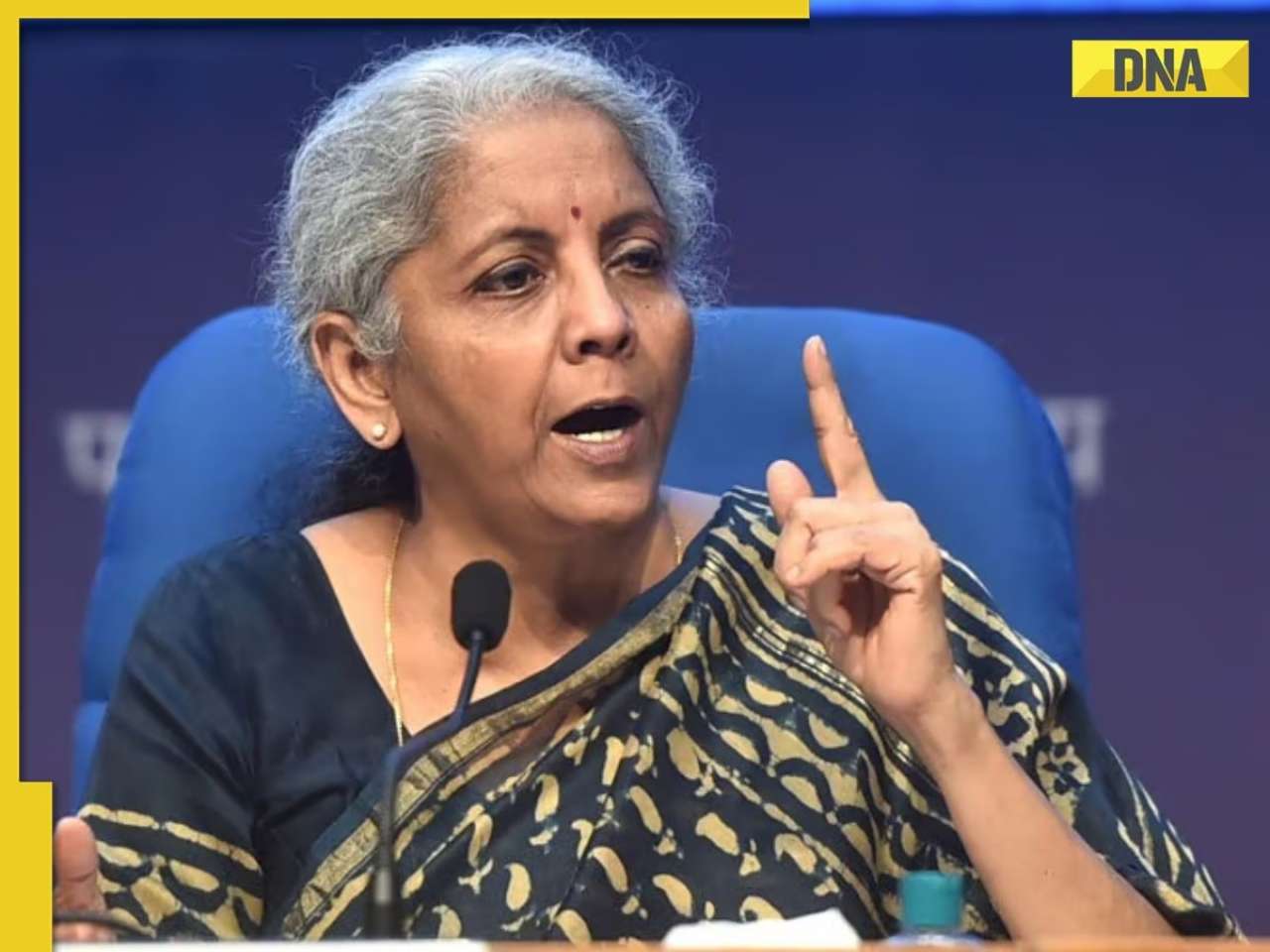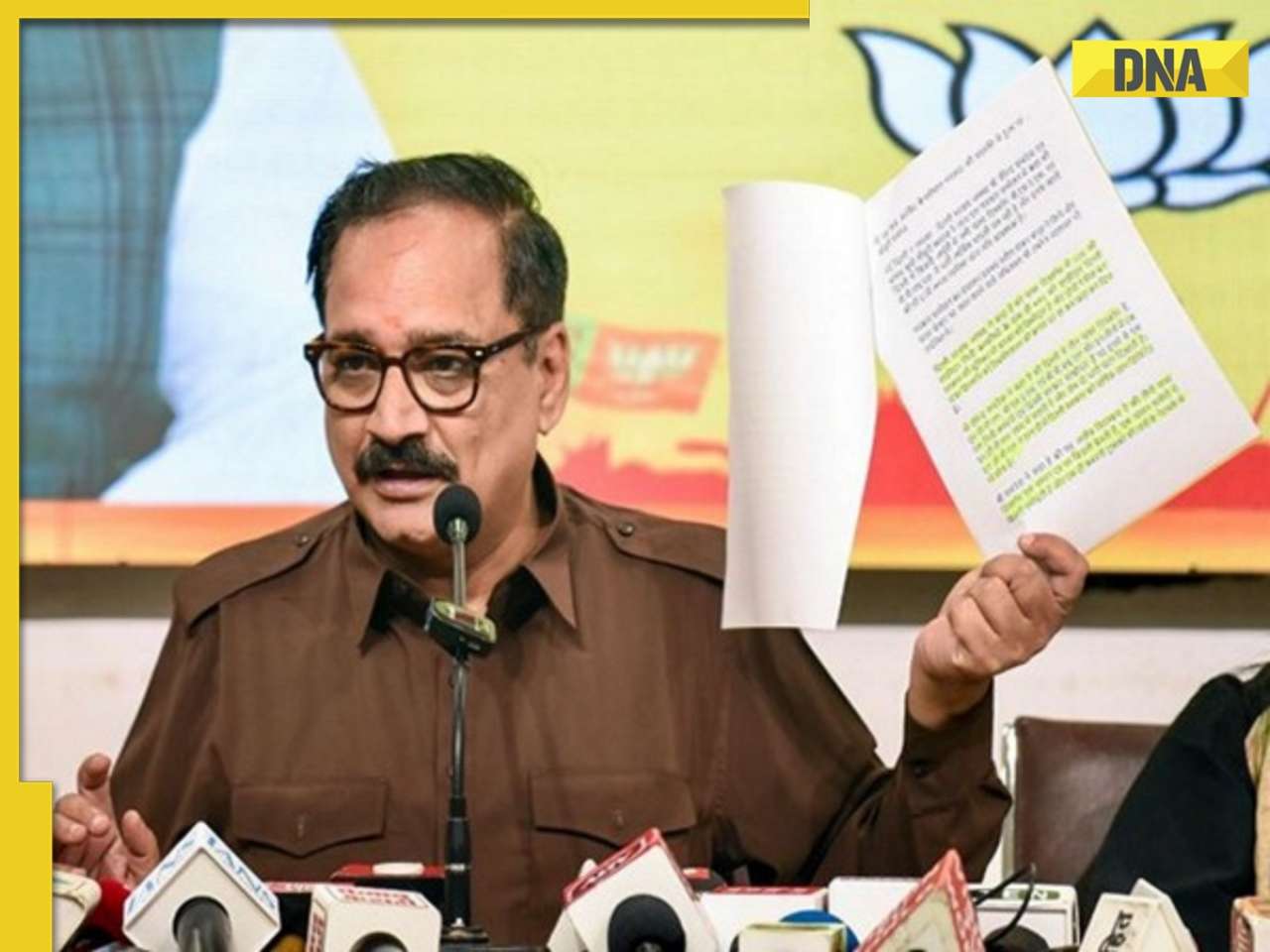- LATEST
- WEBSTORY
- TRENDING
MUMBAI
Dharavi rehabilitation: SPARC wants it both ways, loses
The SPARC opposed the redevelopment project and simultaneously campaigned to get their proposal of developing sector 4 cleared.
TRENDING NOW
The Society for the Promotion of Area Resource Centre (SPARC) opposed the redevelopment project and simultaneously campaigned to get their proposal of developing sector 4 (under the DRP) cleared.
Ever since the government approved the project, the SPARC has been at the forefront of opposition. DNA was intrigued to find the government’s committee of experts (CoE), which mooted an alternative plan to redevelop Dharavi, comprised SPARC director Joachim Arputham and his associates Sheela Patel and Sundar Burra from the same group.
The alternative plan, DNA found, was in reality an attempt by the SPARC to push for its model and bag the contract of developing sector 4. While submitting the plan in 2009, the CoE rejected the 5-sector model, which had been approved by 11 state government departments and by the Planning Commission of India.
The chief minister had then formed a sub-committee under the housing secretary to go through both the plans. The sub-committee, headed by Sitaram Kunte, the current BMC commissioner who was then the principal secretary (housing), dubbed the SPARC plan standard SRA model and rejected it.
The SPARC retained the original sector plan (dividing Dharavi into five sectors) but introduced significant changes, according to one of its reports on Dharavi and its redevelopment. "The variations in the plan were based on existing internal road patterns," the report said.
The SPARC divided the sectors into sections separating chawls, SRA buildings, co-operative societies, private land, and others that would form 23 large clusters when put together. The clusters would combine to form 61 large sub-sectors each of which can be individually developed.
The CoE came up with a fresh set of guidelines while discussing the plan with the government, according to the report. This means the CoE was involved in the entire process. The alternative plan was based on these guidelines. "These guidelines are still to be placed before the Maharashtra government," the SPARC report said.
The model is based on the conventional SRA scheme where a community invites a builder to negotiate possibilities where both parties can benefit. If the people of a predominantly residential cluster believe that they would benefit more from the SRA scheme, then they can appoint their own builder/developer. The SPARC report also talks of tapping the central government for funds. It is clear from the report that the SPARC wanted to develop sector 4, for which it had roped in members of the CoE.
When DNA got in touch with Sundar Burra, advisor SPARC, he said he would answer to all queries over email. But he is still to email his reply.
In his letter to the Prime Minister's Office in 2007, IS Chahal, who was then the officer on special duty, DRP, had said before finding faults with others, SPARC should judge themselves. The quality of SPARC's work is questionable, he said. "In every slum scheme in Mumbai there are always some disgruntled elements who oppose the scheme on some pretext or the other."








)
)
)
)
)
)
)
)
)
)
)
)
)
)
)





























